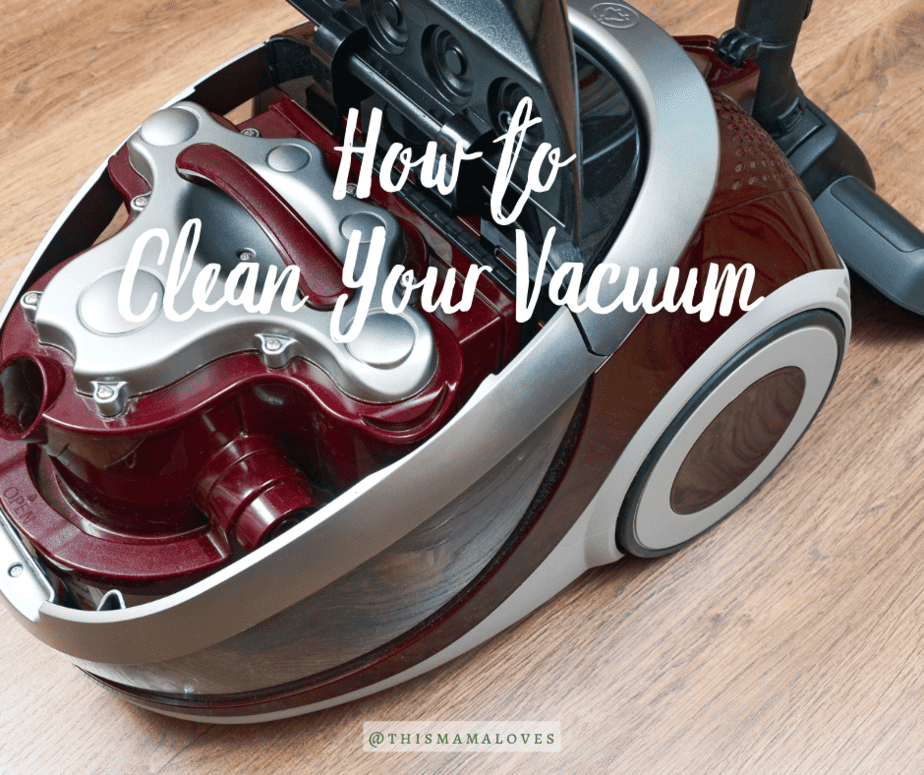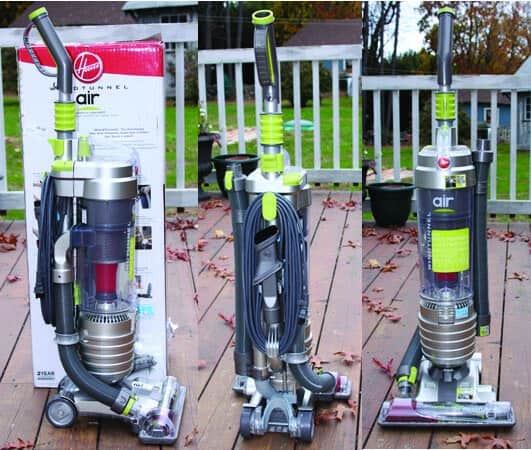
How To Clean A Vacuum Cleaner
Maintaining a clean home involves more than just tidying up visible spaces. It extends to the tools you rely on, like your vacuum cleaner. Often overlooked, the cleanliness of this essential appliance directly influences its performance and longevity.
From emptying dustbins to checking filters and cleaning brush rolls, this step-by-step approach will empower you to maintain your vacuum cleaner effortlessly. So, let’s dive deeper to understand how to maintain your vacuum cleaner, as shared by a contributor. Because when it comes to cleanliness, vacuums also need a little care to continue serving you well.
A Step-By-Step to Cleaning Your Vacuum Cleaner
To keep your vacuum cleaner neat and clean, there are some measures you can take.
1. Empty The Dustbin Or Replace The Bag
The first step in cleaning your vacuum is to empty the dustbin or replace the bag, depending on your vacuum type.
- Open the dustbin of your vacuum or remove the bag
- Then, dispose of its contents and check for any debris left
- Once you thoroughly check and ensure there’s nothing left, securely reattach the dustbin or replace the bag
This may seem like an obvious task, but people often overlook this fundamental step. A full dustbin or bag affects the suction power and can potentially damage your vacuum’s motor over time.

2. Clean Or Replace Filters
Your vacuum filters are responsible for reducing the amount of allergens and tiny particles present in your indoor space. Not cleaning them frequently will clog the filters, hindering airflow and reducing the vacuum’s efficiency. If you don’t want to immediately reinvest in a vacuum cleaner, you should consider properly maintaining your filters.
- Locate and remove the filters of your vacuum
- Next, tap or gently shake off loose dirt and debris
- Then, wash or replace filters based on the manufacturer’s instructions
- Lastly, allow filters to dry completely before you reinsert them
Keeping your filters clean ensures that your vacuum effectively captures dust and allergens, contributing to a healthier indoor environment.
3. Clean Brush Rolls And Agitators
The brushes and agitators in your vacuum are vital in loosening and lifting dirt and debris from surfaces. But they can quickly become entangled with hair, threads, and other debris. Regularly clearing them ensures a free-flowing vacuum with powerful cleaning.
- First, start by turning off your vacuum
- Then, access the brush rolls/agitators and remove tangled hair or debris
- Rotate the rolls to ensure freedom of movement
- Once you clean them thoroughly, securely reattach them
Cleaning brush rolls and agitators prevent them from getting bogged down. It also ensures they can effectively agitate and suck dirt during each use. Above all, untangled brushes can significantly reduce the risk of damage to the motor or other components, promoting the durability of your appliance.
4. Check And Unclog Hoses And Attachments
Hoses and attachments are prone to clogs, impeding airflow and reducing the vacuum’s effectiveness. To begin cleaning them:
- First, disconnect hoses and attachments to unclog them thoroughly
- Inspect and get rid of any debris causing the clog
- Reconnect the attachments securely after unclogging them successfully
Unclogging hoses don’t improve airflow only. It ultimately prevents the vacuum from overheating, protecting the motor and other internal components. Additionally, it ensures your vacuum can reach every nook and cranny, providing a more thorough cleaning.
5. Inspect And Tighten Connections
Loose connections can lead to air leaks, diminishing the suction power of your vacuum. Periodically check all the connections and fittings to ensure they are secure. Start fixing any potential leaks by:
- Turning off your vacuum first to avoid potential harm
- Then, check all connections and fittings to make sure they are properly fixed and aligned
- If you find a connection that is loose, tighten it to ensure a secure fit for optimal performance
Secure connections help your vacuum operate at its full potential, maintaining consistent and powerful suction. Tightened connections also reduce the risk of wear and tear on the vacuum’s components, contributing to long-term durability.
Regularly cleaning your vacuum is key to keeping it in top-notch condition. For optimal performance, aim to clean the dustbin or replace the bag after every use and ensure it’s empty before your next session. Check and clean filters and brush rolls every 1-2 months, depending on usage. Periodically inspect hoses and attachments for any blockages.
By establishing a routine to inspect your vacuum’s functions, you can take pleasure in maintaining a cleaner indoor space. So, the next time you finish your cleaning session, give your vacuum some love and care as well. It will be worth it!